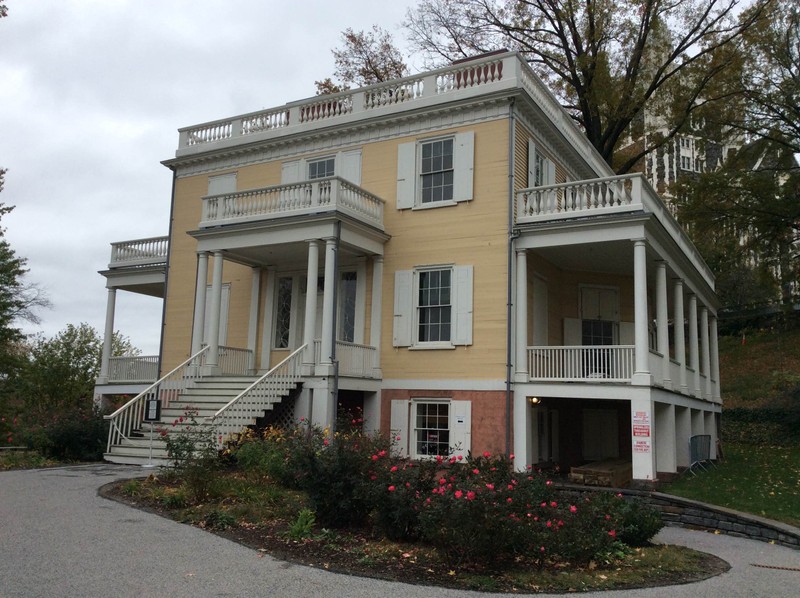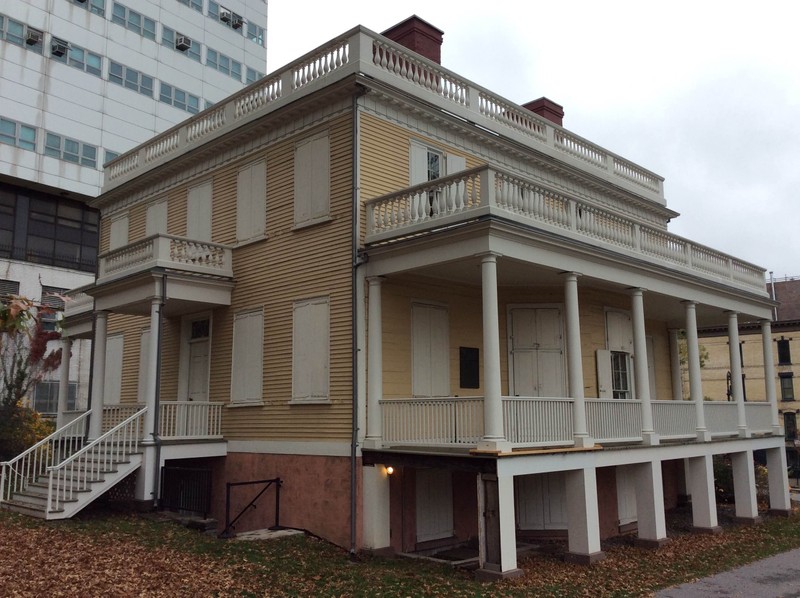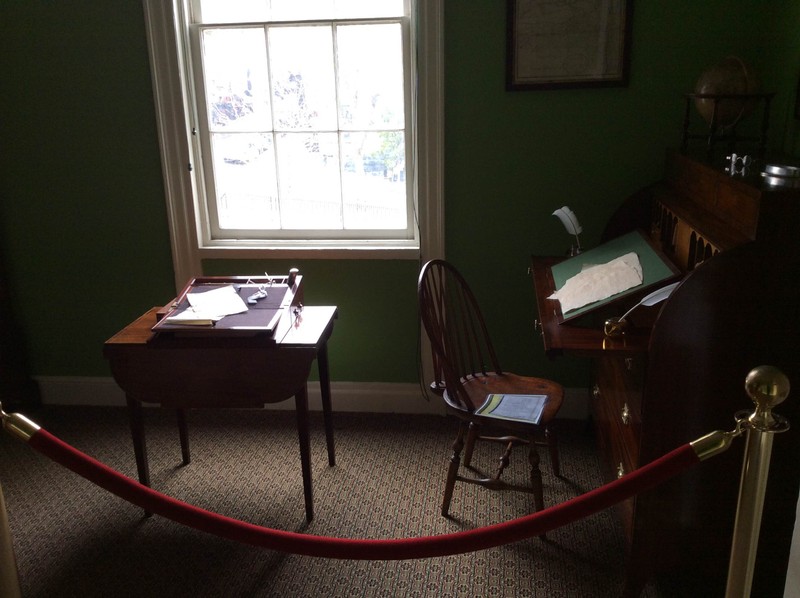Hamilton Grange National Memorial
Introduction
Text-to-speech Audio
Images
Hamilton Grange National Memorial from outside (front)

Hamilon Grange National Memorial from outside (side & back)

Hamilton's study within the memorial.

Backstory and Context
Text-to-speech Audio
Alexander Hamilton was one of the most influential founding fathers of the United States of America. He played a significant role in the fight against Britain during the Revolutionary War. He was also New York's most prominent lawyer during the 1780s, but he is best known for his efforts in establishing a foundation for the young country.
After the end of the Revolutionary War, Hamilton argued that a stronger central government was needed to correct the mistakes made by relying on the Articles of Confederation. He would go on to serve as Secretary of Treasury, where he wrote five key reports that established American economic policy. He also encouraged Congress to pay the interest on the debt the country owed, not just the principle. To help with this, he wrote a report to convince Congress to establish a national bank to control the country's finances.
The Grange
The Grange was originally built because Alexander Hamilton and his wife Elizabeth wanted to avoid yellow fever - a threat during the summer in lower Manhattan - and sought Harlem-Heights' cool breezes. In 1802, they moved in and immediately began entertaining friends, colleagues, and leaders in their home and gardens. After Hamilton's death, Elizabeth was helped by friends, who made sure she had enough money to live with her children at the Grange.
The Grange has been relocated twice over the years (further detailed explanation below.) The house has been mostly untouched, except for some rooms which have been modified (i.e. film rooms, rooms filled with information boards) in order to help visitors understand more about the place and the man who lived in it.
The Re-locations
The first relocation was due to changes in the Manhattan street grid during 1889. The Grange (in foreclosure) was in the way of 143rd Street and was in peril of being demolished. The local church (Luke's Episcopal Church), however, decided to take on the responsibility of relocating the Grange. It bought the house and moved it a two block distance from its original location (1889).
It was moved a second time (2006-2008) in order to restore lost features from the first relocation. The house was moved to St. Nicholas Park, which was judged as a more appropriate setting for display. The building was elevated in one piece and moved to its current position. Many lost features such as the front porch and main staircase were restored. The Grange was re-opened to the general public in 2011.
